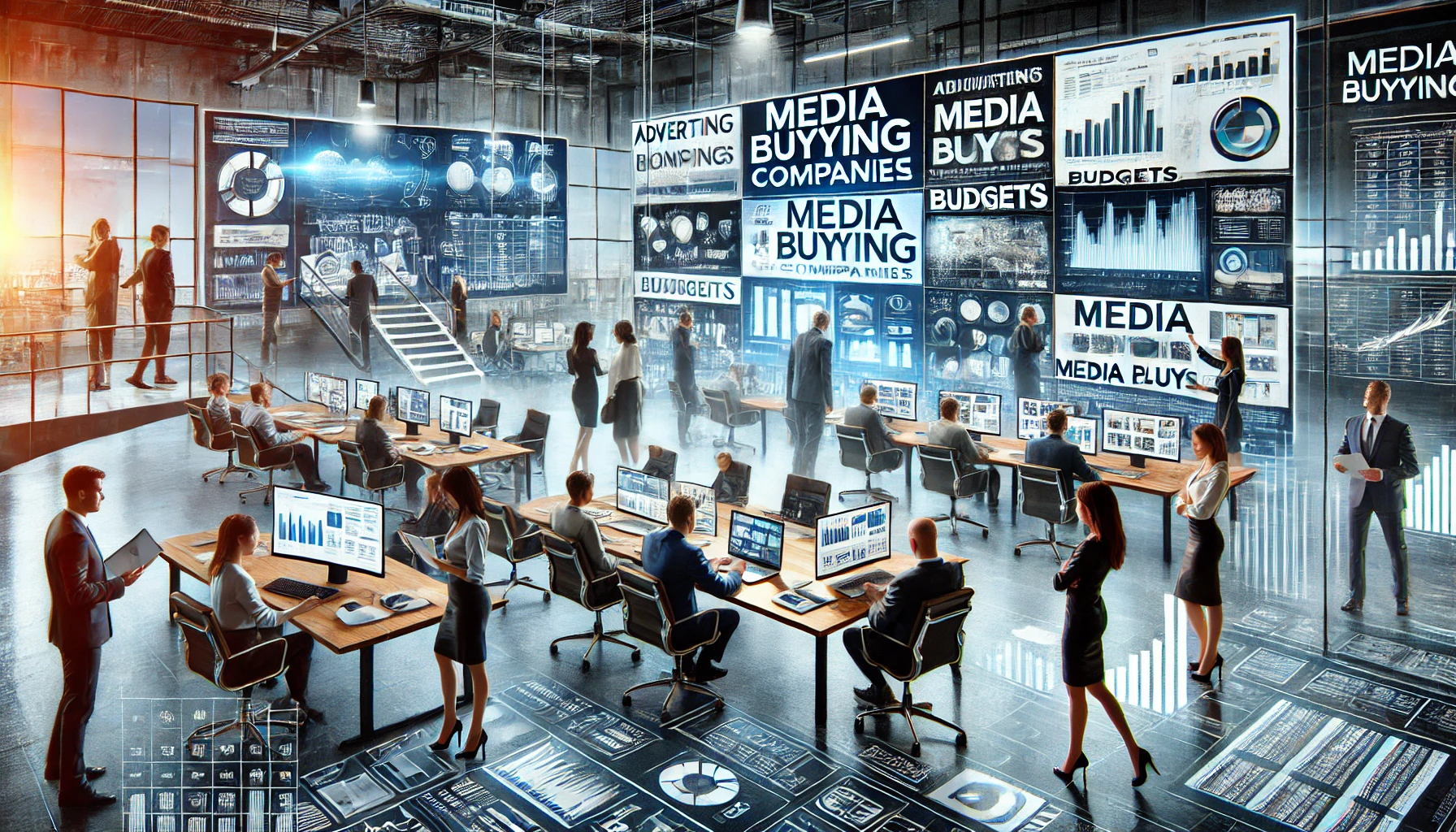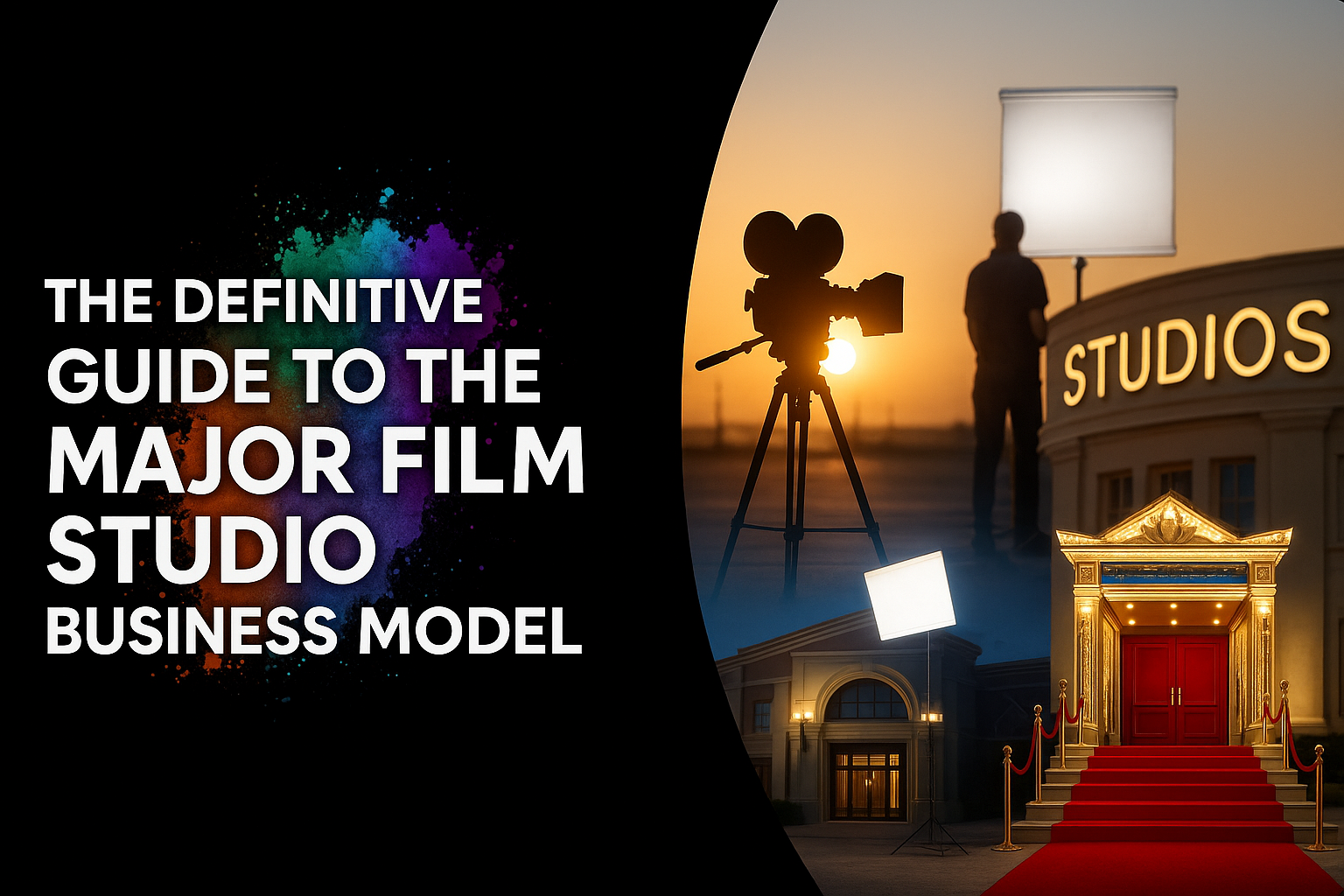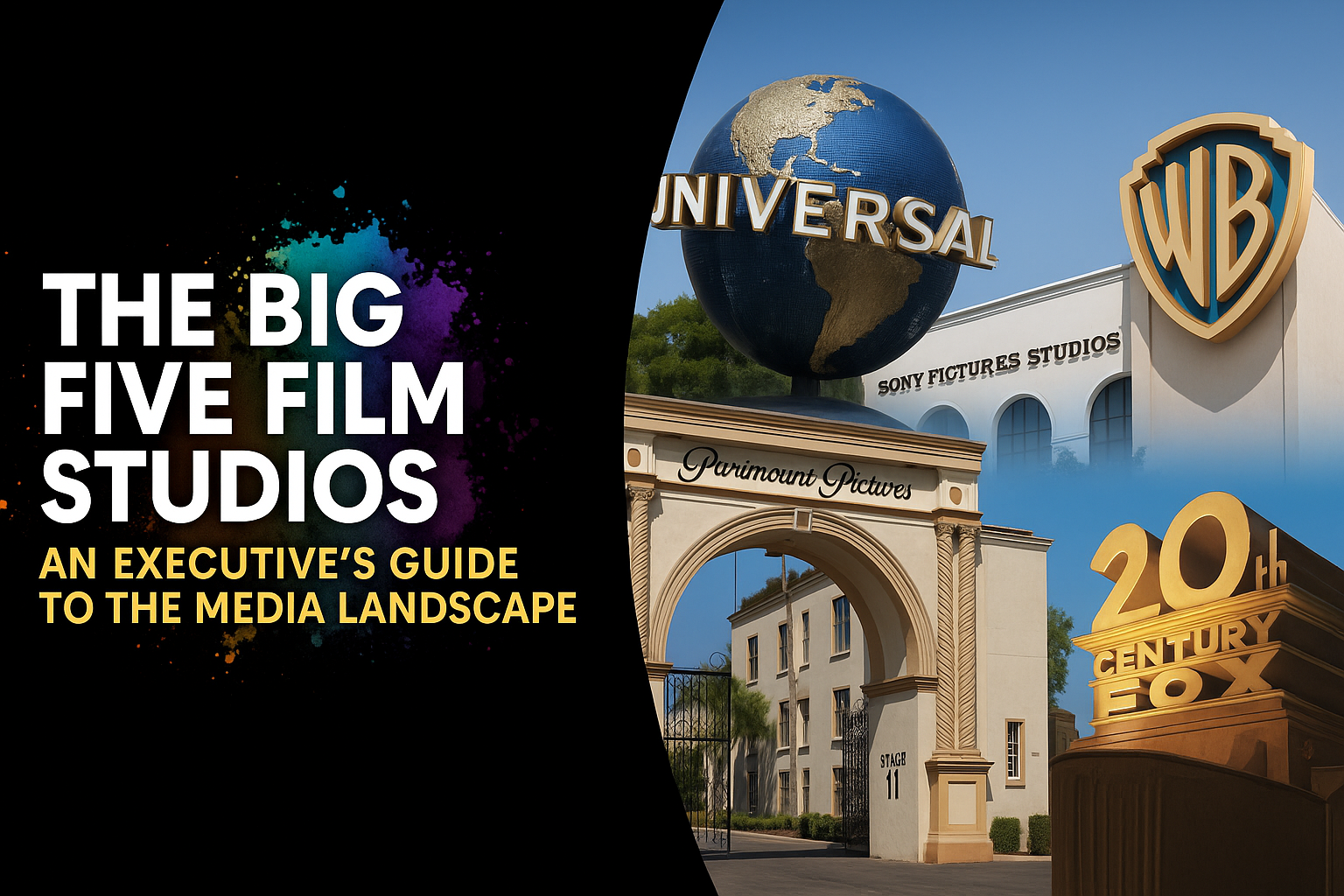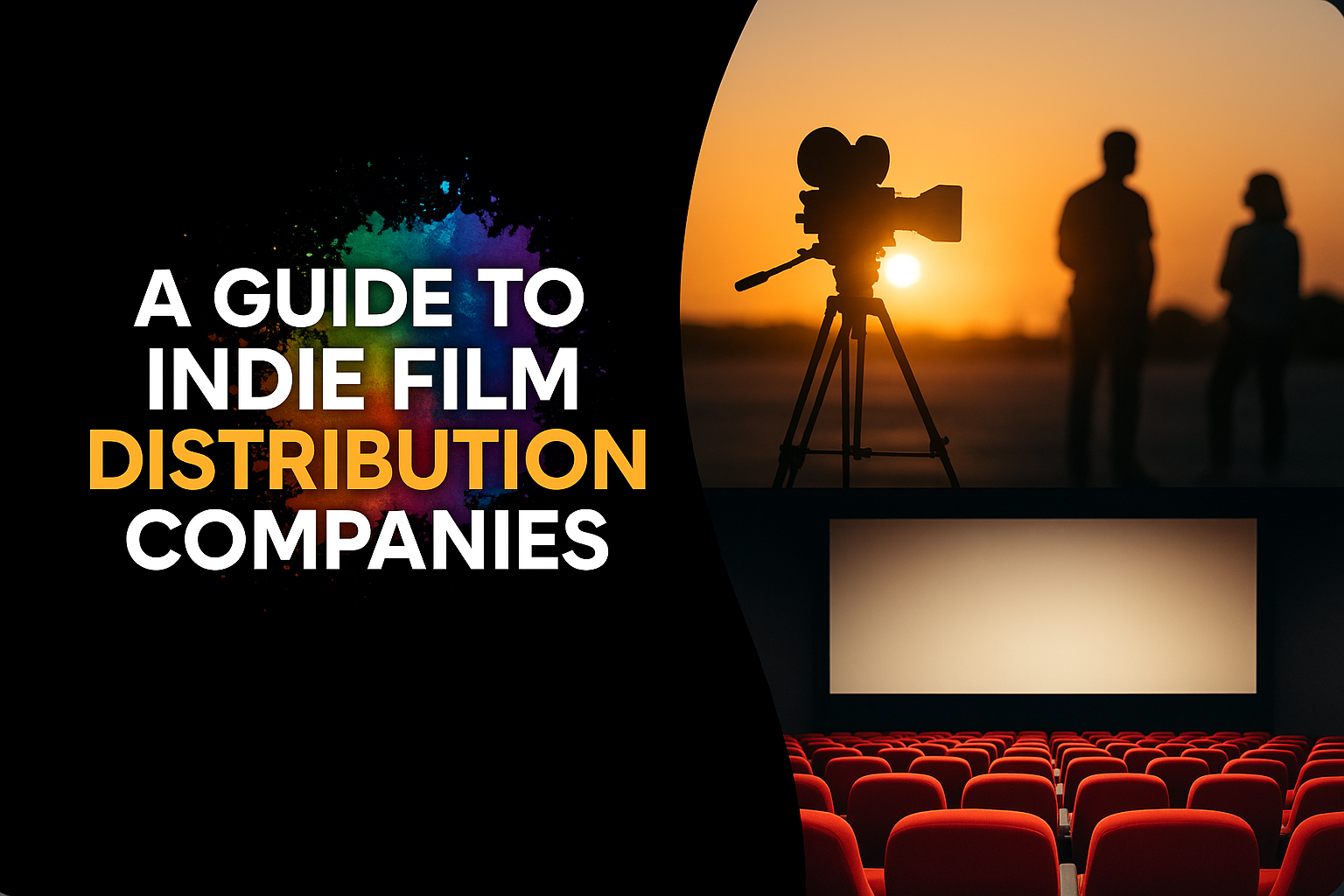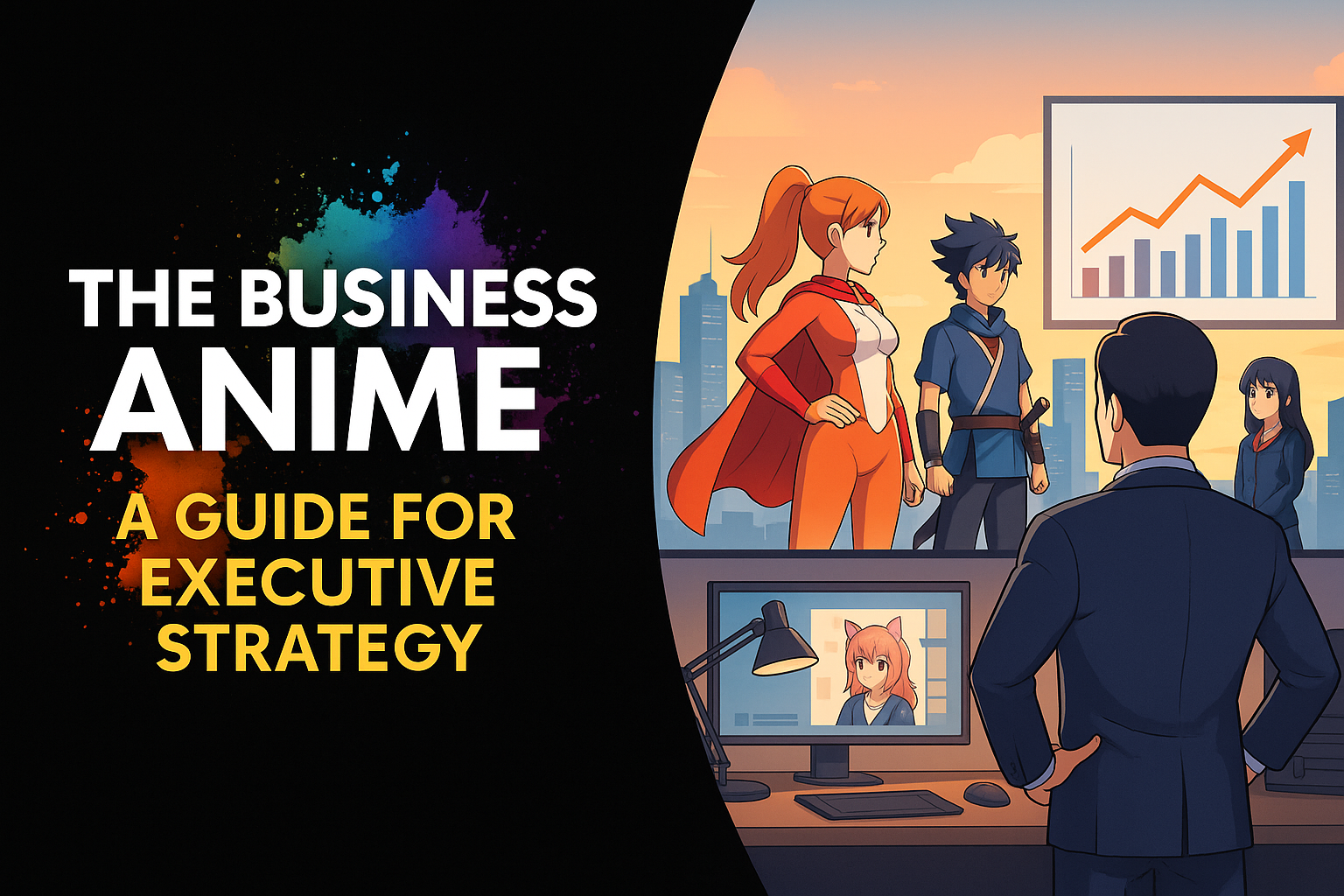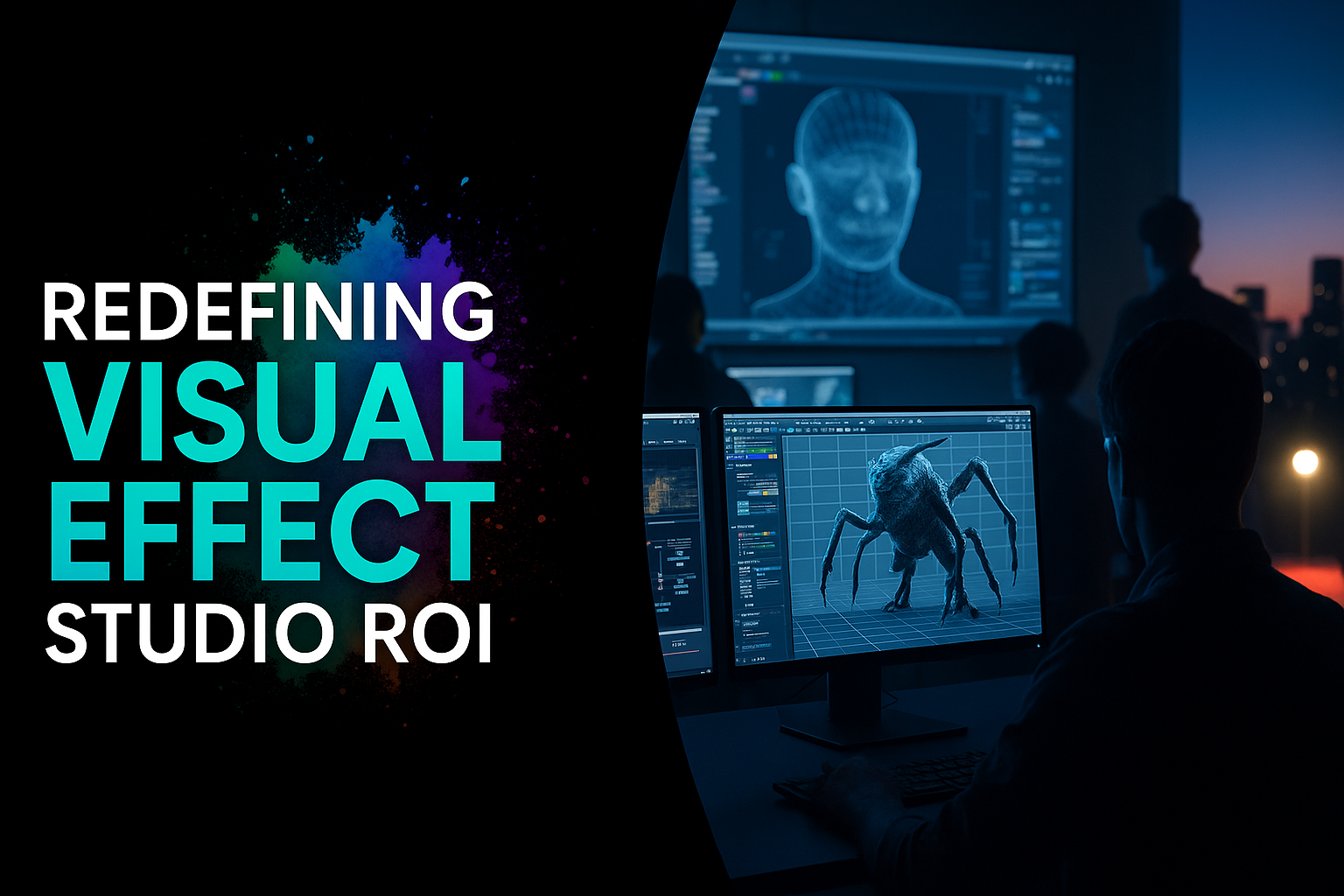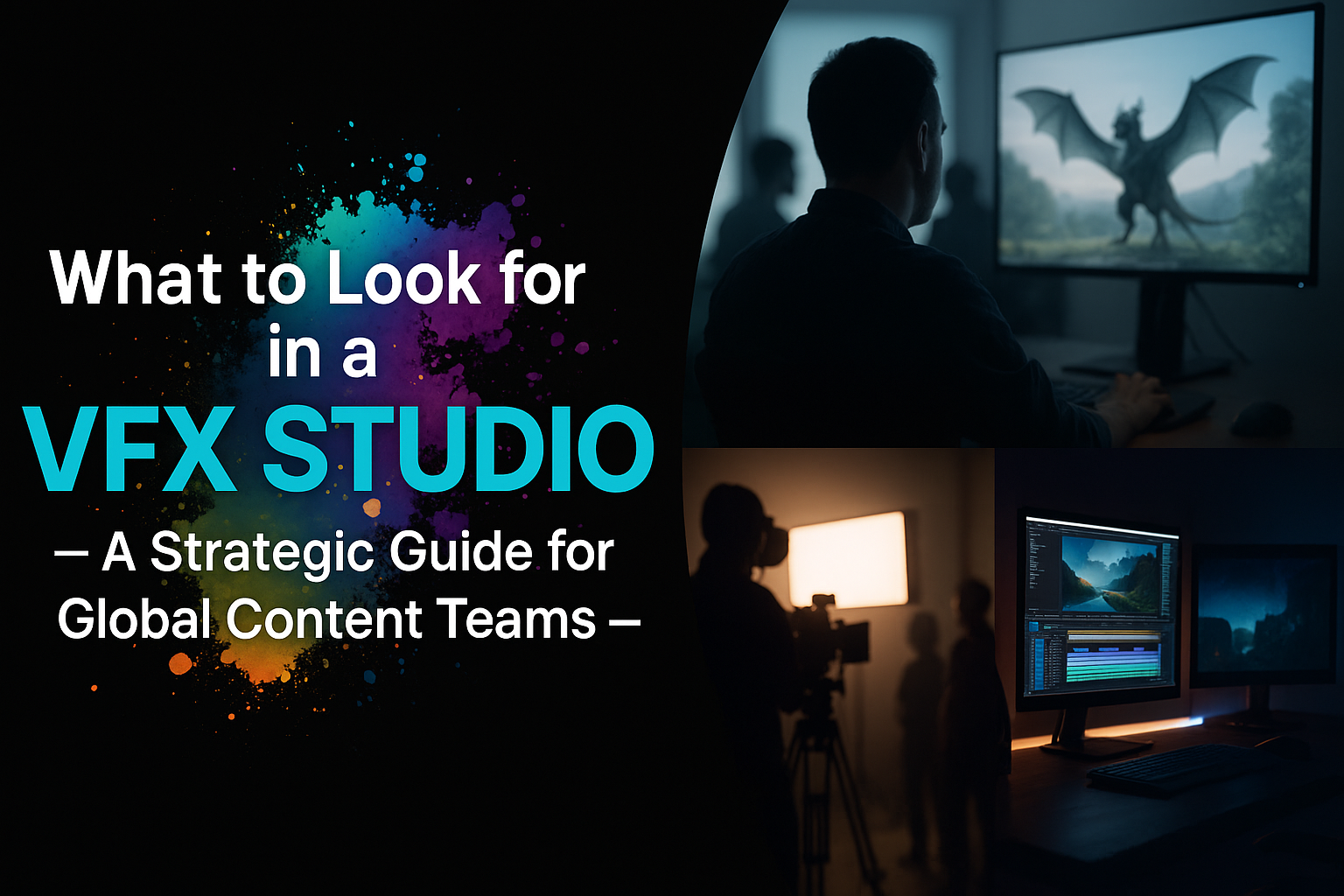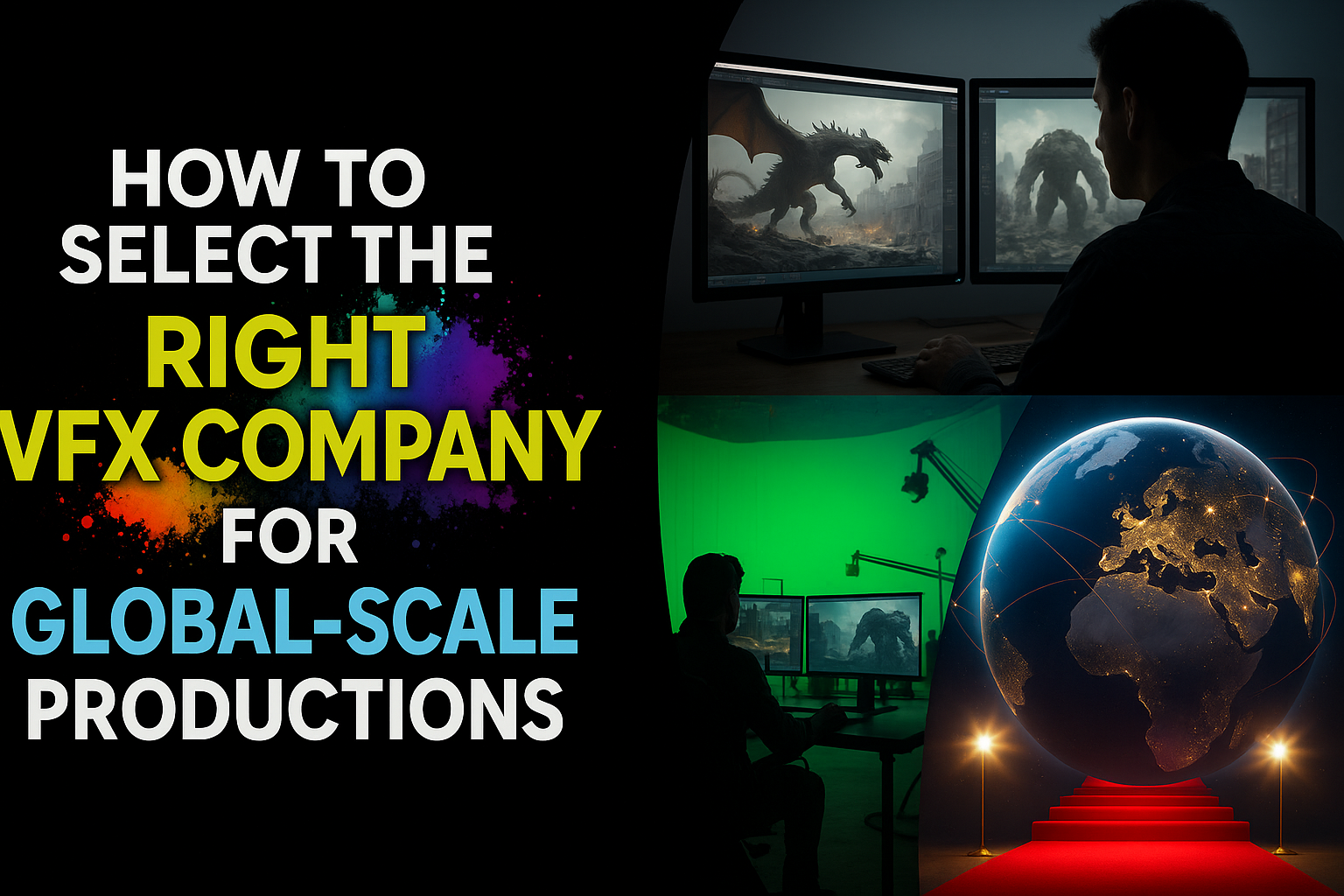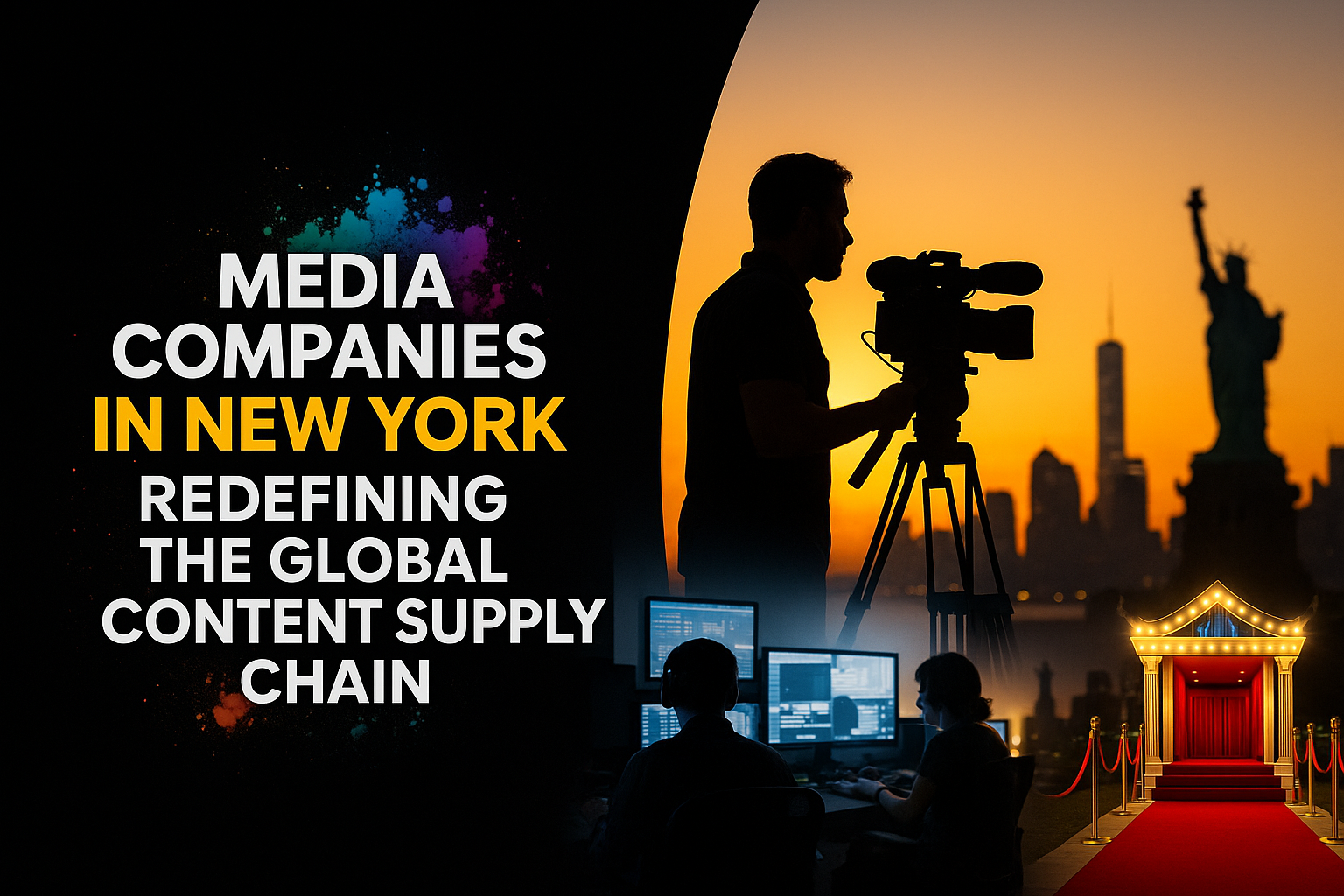Introduction
The Media and Entertainment technology landscape is a whirlwind of innovation, constantly reshaping how we create, distribute, and consume content. From the silver screen to the smartphone screen, technology is the invisible force driving unprecedented change. If you’re in the M&E space, staying ahead of these shifts isn’t just beneficial – it’s essential for survival and growth. This article will unpack the core components of Media and Entertainment technology, explore the latest trends, and highlight how these advancements are revolutionizing the industry, offering you actionable insights to navigate this dynamic environment.
Table of content
- Introduction
- Key-Takeaways
- Transformative Technologies Shaping Content Creation
- Revolutionizing Distribution and Consumption
- The Intelligence Layer: AI, Data, and Personalization
- Emerging Frontiers and Future Gazing
- Navigating the Ecosystem: Management, Security, and Monetization
- Overcoming Hurdles and Embracing Opportunities
- How Vitrina.ai Empowers Your Media and Entertainment Technology Journey
- Conclusion
- FAQs
Key Takeaways
| Aspect | Insight |
| Core Driver | Technology is fundamentally altering all facets of the Media & Entertainment (M&E) industry. |
| Content Creation | AI, virtual production, and advanced post-production tools are making content creation more agile and immersive. |
| Distribution & Consumption | Streaming, OTT platforms, CDNs, and 5G are personalizing and accelerating content delivery. |
| Intelligence & Personalization | AI and data analytics offer deep audience insights, enabling hyper-personalized experiences. |
| Future Trends | Immersive technologies (VR/AR), blockchain, and next-gen AV are poised to redefine M&E. |
| Operational Efficiency | MAM systems, robust cybersecurity, and innovative monetization models are key to sustainable success. |
| Vitrina.ai’s Role | Vitrina.ai helps businesses discover, connect, and collaborate on M&E technology solutions globally. |
Is Your M&E Solution Reaching the Right Buyers?

The Dawn of a New Era: Understanding Media and Entertainment Technology
The world of media and entertainment is zipping forward, and guess what’s in the driver’s seat? Yep, it’s technology. We’re not just talking about fancy new cameras; we’re talking about a complete overhaul of how stories are told, shared, and experienced. Understanding this tech wave is like having a map in a new, exciting land.
What is the evolution of media tech?
The evolution of Media and Entertainment technology has been a fascinating journey. From the earliest days of silent films and radio broadcasts to today’s interactive, on-demand digital experiences, technology has consistently pushed boundaries. We’ve seen the shift from analog to digital, the rise of the internet, the explosion of mobile devices, and now the dawn of AI-driven content. Each phase brought new tools, new platforms, and new ways for creators to connect with audiences. Think about it – your grandparents might have gathered around a radio, your parents around a single TV, and now you can watch almost anything, anywhere, on a device that fits in your pocket. That’s a heck of an evolution!
What are the latest M&E tech trends?
Staying updated with the latest M&E tech trends is crucial. Today, several key trends are shaping the industry. Artificial Intelligence (AI) is becoming deeply embedded in processes from scriptwriting to audience analytics. Cloud-based workflows are enabling remote collaboration and scalable production. Virtual Production (VP) and Extended Reality (XR) are creating immersive and cost-effective filmmaking environments. Furthermore, the demand for interactive and personalized content is pushing the boundaries of streaming technologies and data analytics. These aren’t just buzzwords; they are active ingredients in today’s media recipe.
| Milestone | Key Technological Advancements | Impact on M&E |
| Early 20th Century | Film, Radio | Mass media birth, synchronized sound |
| Mid-20th Century | Television, Color Broadcasting | Visual storytelling in homes, expansion of advertising |
| Late 20th Century | Cable TV, Home Video (VHS), Early Internet | Channel proliferation, on-demand viewing (rudimentary), digital stirrings |
| Early 21st Century | Digital Cameras, DVDs, Broadband, Social Media, Smartphones | Digitization of production/distribution, user-generated content, mobile access |
| Present Day | AI, Cloud, Streaming, VR/AR, 5G, Advanced Data Analytics | Hyper-personalization, immersive experiences, global real-time collaboration |
- AI and Machine Learning: Automating tasks, generating insights, and personalizing content.
- Cloud Computing: Enabling remote workflows, scalability, and efficient data management.
- Virtual Production: Blending physical and digital worlds for filmmaking.
- Direct-to-Consumer (DTC) Streaming: Shifting power dynamics and content access.
- Data-Driven Decision Making: Utilizing analytics for content strategy and audience engagement.
Revolutionizing Distribution and Consumption
Remember when you had to wait for your favorite show to air at a specific time? Or go to a store to rent a movie? Those days are fading fast! Technology has flipped the script on how we get and watch content, making it all about “what you want, when you want, where you want.”
What are recent streaming technology advancements?
Streaming technology advancements are at the forefront of the consumption revolution. Adaptive Bitrate Streaming (ABR) ensures smooth playback even with fluctuating internet speeds by dynamically adjusting video quality. Low-latency streaming is becoming critical for live events and interactive content. Advancements in video compression codecs like AV1 and VVC promise higher quality video at lower bitrates, reducing bandwidth costs for providers and improving experiences for viewers with limited connectivity. The focus is on delivering a seamless, high-quality experience across myriad devices.
What are key OTT platform technology solutions?
Key OTT (Over-The-Top) platform technology solutions encompass a complex ecosystem. This includes robust Content Management Systems (CMS) for organizing vast libraries, secure Digital Rights Management (DRM) to protect content, efficient subscriber management and billing systems, and powerful analytics dashboards to track viewing patterns. Increasingly, these platforms are leveraging AI for content recommendations and user interface personalization. The goal is to provide a user-friendly, engaging, and scalable platform that can cater to millions of users simultaneously. Companies like Brightcove and Kaltura offer comprehensive OTT solutions.
Why is a Content Delivery Network (CDN) crucial for media?
A Content Delivery Network (CDN) is absolutely crucial for media distribution, especially video. CDNs like those offered by Akamai or Cloudflare consist of a geographically distributed network of proxy servers. When a user requests content, the CDN delivers it from the server closest to them. This reduces latency (delay), minimizes buffering, and ensures that content can be delivered reliably and at scale, even during peak demand. Without CDNs, global streaming services would struggle to provide a consistent user experience.
What is the role of 5G in media consumption?
The role of 5G in media consumption is transformative. With its significantly higher speeds, lower latency, and greater capacity, 5G enhances mobile viewing experiences, enabling high-resolution streaming (4K/8K) and immersive AR/VR applications on the go. It can also power new forms of interactive content and improve the quality of live event broadcasts from mobile devices. For content creators and distributors, 5G opens up new possibilities for delivering richer media experiences to a wider audience, unconstrained by traditional broadband limitations.
| Distribution Model | Description | Pros | Cons |
| Traditional Broadcast | Linear programming delivered via terrestrial, cable, or satellite signals. | Wide reach, established infrastructure | Fixed schedules, limited interactivity, high infrastructure costs |
| Transactional VOD (TVOD) | Pay-per-view or pay-per-download (e.g., iTunes, Google Play Movies). | User pays only for content consumed, high revenue per view | Higher cost for frequent viewers, discovery challenges |
| Subscription VOD (SVOD) | Monthly/annual fee for access to a library (e.g., Netflix, Disney+). | Predictable revenue, large content library, user convenience | Subscription fatigue, content licensing costs |
| Advertising VOD (AVOD) | Free access to content supported by advertisements (e.g., YouTube, Tubi). | No cost to user, broad audience potential | Ad interruptions, potentially lower revenue per user than SVOD |
| FAST Channels | Free Ad-supported Streaming TV, linear channels on digital platforms. | Linear “lean-back” experience, no cost to user | Ad interruptions, content curation can be limited |
- Enhanced Mobile Streaming: Seamless 4K/8K video streaming on mobile devices.
- Immersive Experiences: Reliable delivery of AR/VR content on the go.
- Live Event Broadcasting: Improved quality and lower latency for mobile live streams.
- New Content Formats: Enabling interactive and data-intensive media experiences.
- Reduced Latency: Crucial for gaming and real-time interactive applications.
The Intelligence Layer: AI, Data, and Personalization
Imagine your TV or streaming app knowing exactly what you want to watch, even before you do! That’s the magic of AI, data, and personalization working behind the scenes in Media and Entertainment technology. It’s all about making your experience smarter and more tailored to you.
What is the impact of AI in media technology?
The impact of AI in media technology is pervasive and growing. Artificial Intelligence is being used for content discovery (recommendation engines), automated metadata tagging, generating subtitles and closed captions, content moderation, identifying trends in audience behavior, and even creating synthetic media. In production, AI can optimize shooting schedules or assist in visual effects. For instance, AI algorithms can analyze scripts to predict potential audience reception or identify elements that resonate with specific demographics. This isn’t about robots taking over; it’s about tools that enhance human creativity and efficiency.
How is data analytics used by M&E companies?
Data analytics for M&E companies is no longer a luxury but a necessity. Companies collect vast amounts of data on viewing habits, content preferences, user engagement, and demographic information. Analyzing this data helps them understand what content resonates with which audiences, optimize content acquisition and production strategies, personalize user experiences, improve ad targeting, and make informed business decisions. For example, Netflix famously uses data analytics to greenlight shows and tailor marketing campaigns.
How does personalization technology work in media?
Personalization technology in media aims to deliver tailored experiences to individual users. This typically involves collecting user data (with consent), such as viewing history, ratings, and even time spent on certain content. Machine learning algorithms then process this data to create user profiles and predict preferences. This allows platforms to recommend specific shows or movies, customize user interfaces, and even deliver targeted advertisements. The goal is to increase engagement, satisfaction, and retention by making each user feel like the platform understands their unique tastes.
What are AI-driven content recommendation engines?
AI-driven content recommendation engines are sophisticated algorithms that suggest content to users. They employ various techniques, including collaborative filtering (recommending items based on what similar users liked) and content-based filtering (recommending items similar to what a user has liked in the past). More advanced systems use deep learning to understand nuanced relationships between content and user preferences. These engines are critical for OTT platforms and content aggregators, helping users navigate vast libraries and discover new content they are likely to enjoy, significantly impacting watch time and user loyalty.
| AI Application Area | Specific Use Cases | Benefit to M&E |
| Content Creation | Script analysis, automated editing, synthetic media generation | Efficiency, new creative possibilities, cost reduction |
| Content Management | Automated metadata tagging, smart archiving, rights management | Improved organization, easier discoverability, compliance |
| Content Distribution | Personalized recommendations, dynamic ad insertion, churn prediction | Increased engagement, higher ad revenue, better retention |
| Audience Understanding | Sentiment analysis, trend identification, demographic profiling | Data-driven content strategy, targeted marketing |
| Accessibility | Automated captioning & subtitling, audio descriptions | Wider audience reach, inclusivity |
- Informed Content Strategy: Understanding what content to acquire or produce.
- Audience Segmentation: Tailoring marketing and content for specific user groups.
- Improved User Experience: Identifying pain points and areas for platform improvement.
- Maximized ROI: Optimizing ad spend and content investments.
- Churn Reduction: Proactively identifying and addressing at-risk subscribers.
Future-Proof Your M&E Business Now?

Emerging Frontiers and Future Gazing
Hold onto your hats, because the future of Media and Entertainment technology looks like something out of a sci-fi movie! We’re talking about stepping into stories, owning digital bits of your favorite shows, and experiencing sound and visuals like never before. This is where things get really exciting.
What are immersive technologies in entertainment (VR/AR/MR)?
Immersive technologies in entertainment – Virtual Reality (VR), Augmented Reality (AR), and Mixed Reality (MR) – are changing how audiences interact with content. VR offers fully simulated environments, taking users to new worlds for gaming, cinematic experiences, or virtual events. AR overlays digital information or graphics onto the real world through smartphones or smart glasses, enhancing live events or creating interactive marketing. MR blends the physical and digital worlds more deeply, allowing users to interact with virtual objects as if they were real. While still evolving, these technologies promise incredibly engaging and interactive entertainment formats.
How can blockchain be used in media and entertainment?
Blockchain in media and entertainment offers intriguing possibilities beyond just cryptocurrencies. It can be used for transparent and secure rights management, tracking royalty payments to artists and creators in real-time. Non-Fungible Tokens (NFTs) can represent ownership of digital collectibles, exclusive content, or even fan experiences. Blockchain could also help combat piracy by providing a verifiable chain of content ownership and distribution. While adoption is still in its early stages, the potential for decentralization and enhanced creator control is significant.
What are next-gen audio-visual technologies?
Next-gen audio-visual technologies are pushing the boundaries of sight and sound. This includes advancements in display technology like MicroLED and QD-OLED for brighter, more vibrant images with deeper blacks. Higher frame rates (HFR) and resolutions (8K and beyond) are becoming more common. In audio, object-based sound formats like Dolby Atmos and DTS:X create three-dimensional soundscapes that immerse the listener. Personalized and spatial audio are also gaining traction, adapting sound to the listener’s environment and head movements.
What is the future of entertainment technology?
The future of entertainment technology points towards more personalized, interactive, immersive, and AI-integrated experiences. We can expect seamless blending of physical and digital realities, AI companions or characters, and content that adapts in real-time to user choices or even biometric data. The metaverse concept, while still nebulous, hints at persistent shared virtual spaces for entertainment, socializing, and commerce. Ethical considerations around data privacy and synthetic media will also become increasingly important as these technologies mature.
| Immersive Technology | Description | Key M&E Applications |
| Virtual Reality (VR) | Fully computer-generated, immersive environment. | VR games, cinematic VR experiences, virtual concerts. |
| Augmented Reality (AR) | Overlays digital information onto the real world. | Interactive marketing, enhanced live sports, AR games. |
| Mixed Reality (MR) | Blends real and virtual worlds interactively. | Collaborative design, holographic entertainment, training. |
- Hyper-Personalization: Content dynamically adapting to individual preferences and context.
- Increased Interactivity: Audiences playing a more active role in storytelling.
- Convergence of Platforms: Seamless experiences across various devices and realities.
- AI-Generated Content: AI playing a larger role in creating and co-creating entertainment.
- Decentralized Models: Greater creator ownership and direct fan engagement via Web3 technologies.
Overcoming Hurdles and Embracing Opportunities
Jumping into the latest Media and Entertainment technology isn’t always a walk in the park. There can be bumps in the road, like cost or getting everyone on board. But the cool thing is, for every challenge, there’s usually a smart way to tackle it, opening doors to some amazing opportunities.
What are the challenges in adopting new M&E tech?
Challenges in adopting new M&E tech are numerous. High upfront investment costs for new hardware, software, and training can be a barrier, especially for smaller companies. Integration with existing legacy systems can be complex and time-consuming. There’s often a skills gap, requiring upskilling or hiring new talent familiar with emerging technologies. Resistance to change within organizations can also slow down adoption. Furthermore, the rapid pace of technological advancement means that today’s cutting-edge solution might become outdated quickly, leading to concerns about ROI and future-proofing.
What are M&E tech investment opportunities?
Despite challenges, M&E tech investment opportunities are abundant. Areas like AI and machine learning for content creation and personalization, cloud-based solutions for production and distribution, virtual production infrastructure, and immersive technologies (VR/AR) are attracting significant interest. Platforms enabling direct-to-consumer (DTC) relationships and tools that enhance data analytics capabilities also present strong growth potential. Investors are looking for technologies that improve efficiency, create novel user experiences, or tap into new monetization streams.
What is sustainable technology in media?
Sustainable technology in media, or “Green Tech,” is becoming increasingly important. This involves adopting technologies and practices that reduce the environmental impact of media production and consumption. Examples include using energy-efficient cloud data centers, reducing travel through remote collaboration and virtual production, designing hardware for longevity and recyclability, and optimizing streaming codecs to lower bandwidth (and thus energy) consumption. There’s a growing awareness of the carbon footprint of the M&E industry, prompting a push for more eco-friendly solutions.
What is M&E tech for audience engagement?
M&E tech for audience engagement goes beyond passive viewing. It includes interactive content formats (like choose-your-own-adventure shows), social viewing features (watch parties), gamification elements, AR experiences tied to content, and platforms that facilitate direct interaction between creators and fans. Personalized recommendations, community forums, and loyalty programs also play a role. The goal is to create a more active, participatory, and loyal audience base, deepening the connection between viewers and the content they love.
| Challenge | Potential Solution |
| High Upfront Costs | Cloud-based SaaS models (pay-as-you-go), phased implementation, seeking grants. |
| Integration with Legacy Systems | Using APIs, middleware solutions, gradual migration strategy. |
| Skills Gap / Talent Shortage | Investing in training programs, partnering with educational institutions, hiring consultants. |
| Resistance to Change | Clear communication of benefits, involving staff in decision-making, pilot projects. |
| Rapid Technological Obsolescence | Choosing flexible and scalable solutions, focusing on open standards, partnerships. |
- AI and Machine Learning Platforms
- Cloud Infrastructure for Media Workflows
- Virtual and Augmented Reality Content & Platforms
- Cybersecurity Solutions for Media Assets
- Data Analytics and Audience Insight Tools
- Next-Generation Ad Tech
How Vitrina.ai Empowers Your Media and Entertainment Technology Journey
Navigating the complex world of Media and Entertainment technology – from finding the right AI vendor for post-production to identifying partners for a new OTT platform – can be daunting. This is where Vitrina.ai steps in. Vitrina.ai is a global B2B platform designed to connect businesses across the M&E ecosystem. Whether you’re a technology provider looking to showcase your solutions, a production house seeking innovative tools, or an investor scouting the next big tech trend, Vitrina.ai offers a comprehensive marketplace and intelligence hub. By leveraging Vitrina.ai‘s extensive database of companies, projects (via its Project Tracker), and solutions, you can efficiently discover, connect, and collaborate with partners who can elevate your technology strategy and help you capitalize on the opportunities within the evolving Media and Entertainment technology landscape.
Conclusion
The Media and Entertainment technology sector is not just evolving; it’s undergoing a profound revolution. From AI-driven content creation to immersive virtual worlds and hyper-personalized streaming, the pace of change is exhilarating. For businesses and professionals in this industry, embracing these technological advancements is no longer optional – it’s the key to innovation, efficiency, and captivating audiences in new and exciting ways. The future is now, and it’s powered by technology. Are you ready to be a part of it?
Frequently Asked Questions
AI’s biggest impact lies in its ability to personalize experiences at scale (e.g., recommendation engines), automate complex tasks in production and post-production, and provide deep data insights for strategic decision-making.
Cloud computing enables remote collaboration, scalable rendering and processing power, efficient media asset management, and flexible workflows, making production more agile and cost-effective.
It’s unlikely they will replace traditional formats entirely. Instead, VR and AR are more likely to complement them, offering new, immersive ways to experience stories and engage with content, creating new entertainment categories.
The main challenges often include the high initial investment, the complexity of integrating new tech with existing systems, and the need for specialized skills and training.
























